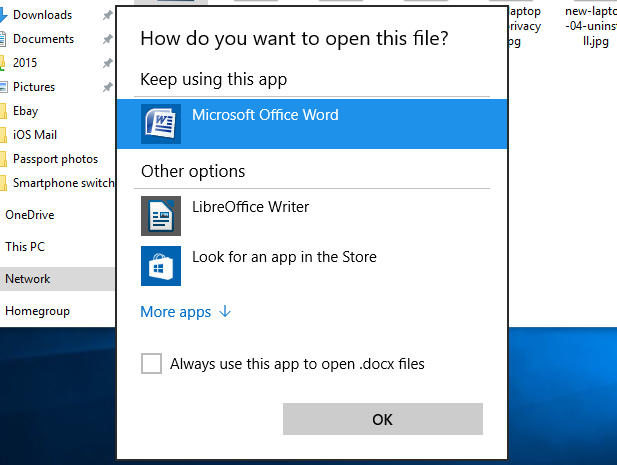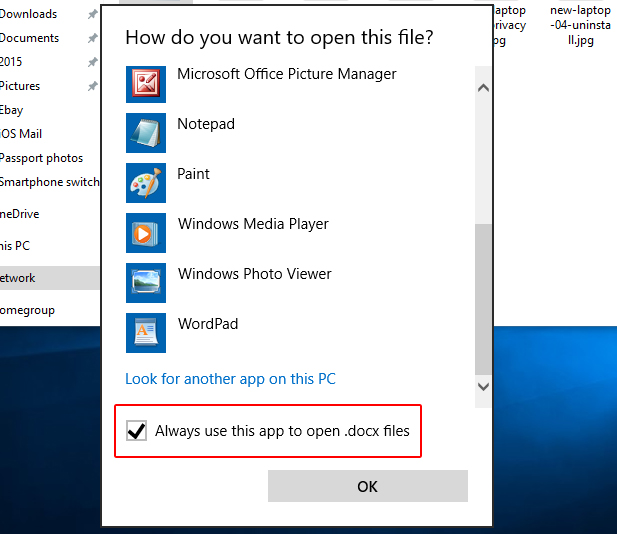- Feb 04, 2014 The following are two methods to change the default app in Mac OSX. Changing the Default App for That Specific File Only. If you want to change the app that the file in question will open with, follow the directions below: 1. Locate the file whose default app you want to change. Right-click (Alt-Click) the file.
- Highlight this and a list of usable apps will appear, with the default one at the top. Now simply select the alternative app that you want to use and the file will open in that program instead.
- Mac Change Mail Default App
- Change Default Apps To Open Files Mac Osx
- Change Default Apps To Open Files Mac Free
Mac Change Mail Default App

Click the Change All button and then choose “Continue.” This will cause all files of that type to open in the new application. If you're ready to move on from your current Mac, check out. In this video, you will learn how to change the Default Mac Program that opens specific file types. Some times when you install an App or Program on your Mac. How to Change a File Type's Default App in macOS. Reason for changing which app your Mac automatically launches when you open a common file type – when a newly installed app assumes control. Back in the pre-Mac OS X and macOS days, Apple’s System 9 and earlier relied on hidden metadata to associate files with apps. File extensions, those bits of text that follow a period at the end.
You know how when you double-click a PNG file it opens in Preview? What if you want it to open in Photoshop by default instead? This guide shows you how to to just that – change the default App that’s used when you open a file.
Some common “I’d rather use this App when I open this kind of file” scenarios are:
Change Default Apps To Open Files Mac Osx
Change Default Apps To Open Files Mac Free

The process to switch default Apps is super-fast and easy to do, and easy to change again later any time you want.
- For the sake of this guide we’re going to switch .M3U files (commonly used as playlists) from opening in iTunes to the media player VLC. That doesn’t mean you need to do the same, this process is the identical no matter what type of file you’re dealing with.
Locate a file of the type you want to switch. Right-click the file (or hold down the control button on your keyboard and then click on the file) and select Get Info from the context menu.
- A window will appear with all kinds of info about that file. Locate the Open with: section and expand it (if necessary) by clicking the small ‘triangle’ icon. Click the ‘pull-down’ menu to open it.
- If the App you want to open this type of file with from now on is listed, select it. Congrats, you also get to skip down to step #7. If the App you want to open this file with is not listed – don’t worry, just click the Other… item from the menu.
- A pop-up window will appear allowing you to pick the program you want to open this type of file with. Find the App by first selecting Applications and then scroll through the list. When you find the App, select it by clicking on it once. Now skip down to step #6. If the App you want to use to open the file with is ‘greyed out’ and you can’t select it – no problem.
- Click the Enable: menu and select All Applications. Now the App you want to select will not be greyed out.
- Make sure that the Always Open With box is checked, and then click the Add
button. - Almost done! Click the Change All… button.
- You’ll be prompted for confirmation – click Continue.
- Now just make sure that the App you want to use is the one listed as the (default) in the Open with: section.
- Done! Repeat these steps for other file type associations you want to make.